The Best Time to Visit Joshua Tree: A Quick Guide
Visiting California’s Joshua Tree National Park at the right time can make or break your trip. In general, the absolute best time to visit Joshua Tree is in the spring or the late fall. That said, there are also some benefits (and of course, some drawbacks) to visiting in other seasons. For a detailed look at what you can expect, I’ve created a guide that outlines the things you need to know about visiting Joshua Tree during each season.
The Best Time to Visit Joshua Tree
Whether your priority is exploring the park in optimal weather or avoiding the crowds, here is my guide to the pros and cons of visiting during certain times of the year.
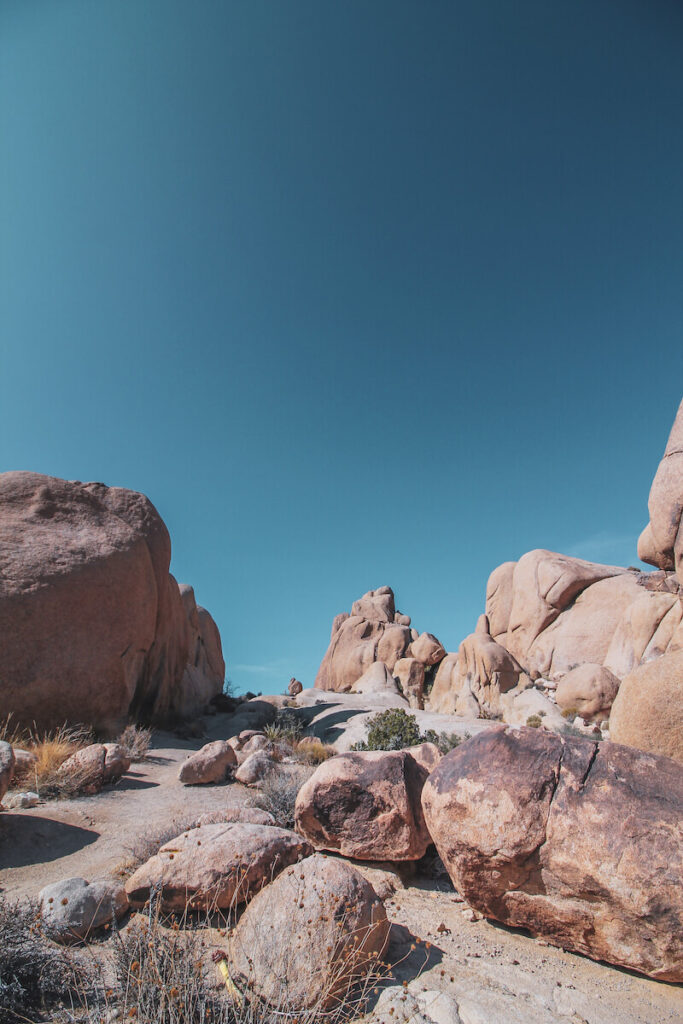
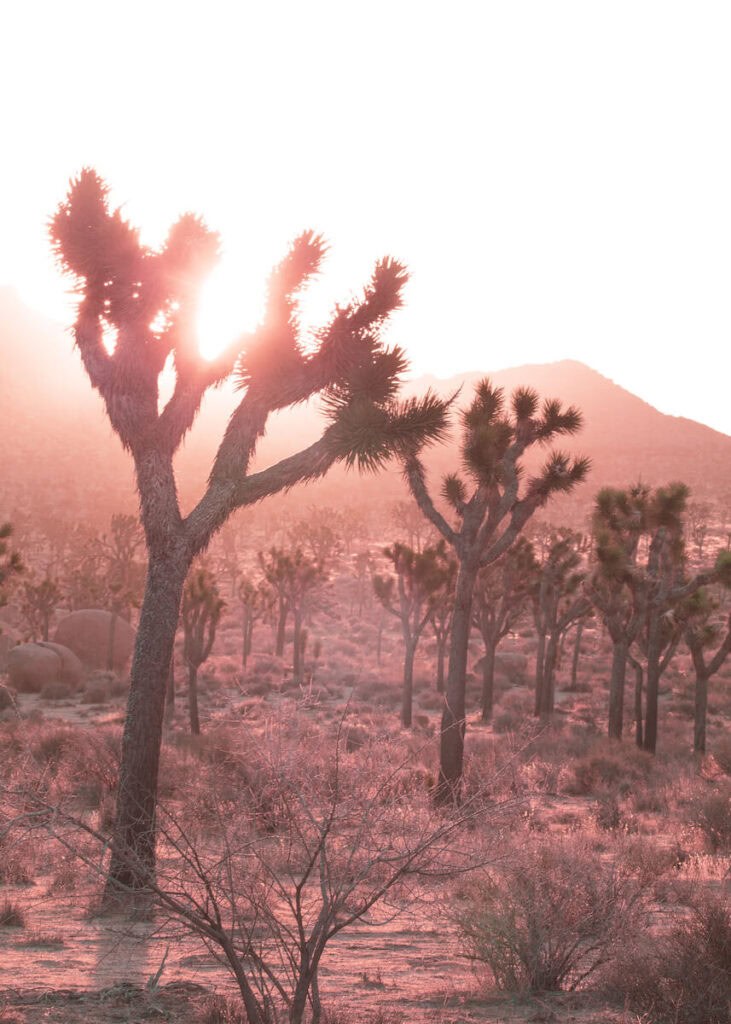
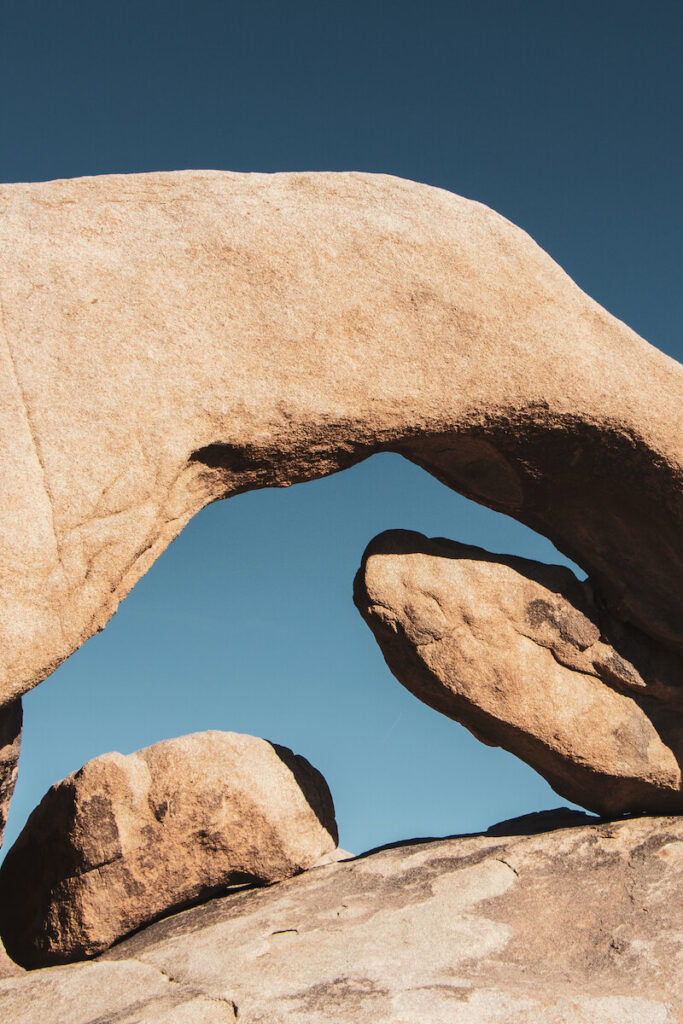
Want to See the Best of California?
Sign up for occasional newsletters and to get my FREE local’s guide on must-visit destinations in Southern California & the Central Coast!
Visiting in the Summer and Early Fall
Here’s my number one piece of advice, especially for travelers checking out Joshua Tree for the first time: do not plan a trip during the summer or early fall. The temperatures in the summer are unbearably hot. They’ll typically be in the 90s, and often reach into the 100s. This extreme weather continues into the early fall.
Given the dangerously high temperatures (and the fact that there is minimal shade in the park, as well as limited water stations), for your comfort and safety, you’ll want to plan a trip for another time of the year.
If you do find yourself visiting during this time of year, plan your outdoor activities for the early morning and the evening, around sunrise and sunset. While it’s certainly not ideal, this will help you avoid the heat of the middle of the day.
Events in the Summer and Early Fall:
- Free Entrance Day (Anniversary of Great American Outdoors Act, August 4th)
- Free Entrance Day (National Public Lands Day, 4th Saturday in September)
Visiting in the Late Fall
While the heat of the summer continues into the early fall, the weather gets much tamer in the later fall (October through early December). The weather is typically warm, but still comfortable for those planning on hiking in Joshua Tree.
It’s still often hot in early October, with average temperatures hitting the low 80s during the day. That said, it gets cooler as the month progresses. The weather in Joshua Tree in November is ideal for spending the day outdoors. Average temperatures tend to get into the high 60s. By the time December rolls around, temperatures tend to drop into the high 50s during the day.
At night and in the early mornings in the fall, temperatures can drop into the 40s and 30s. Even if it is warm during the day, be sure to bring layers – especially if you’re planning on being outside for sunrise or stargazing (both of which I highly recommend!).
While it won’t typically get as busy as it does during the spring (which is the park’s busy season), you’ll still likely experience some crowds. You shouldn’t expect that you’ll have the park to yourself – especially if you’re planning a weekend trip to Joshua Tree.
One important thing to note is that there are a few events in the late fall that can affect crowd levels, as well as accommodation availability. This includes one of the National Park Free Entrance Days (which often also falls on a 3-day weekend, which in itself makes the park busier), as well as the Joshua Tree Music Festival in October. There also tends to be an influx of visitors around Thanksgiving.
Events in the Fall:
- Joshua Tree Music Festival (Long Weekend in Early/Mid October)
- Free Entrance Day (Veterans Day)

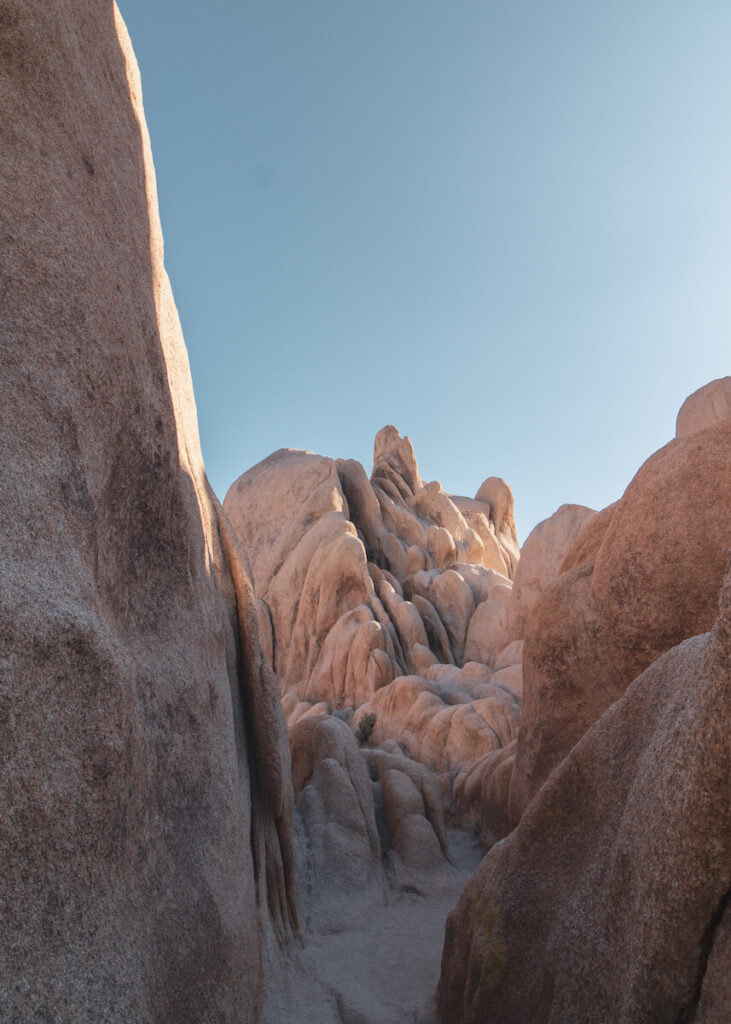
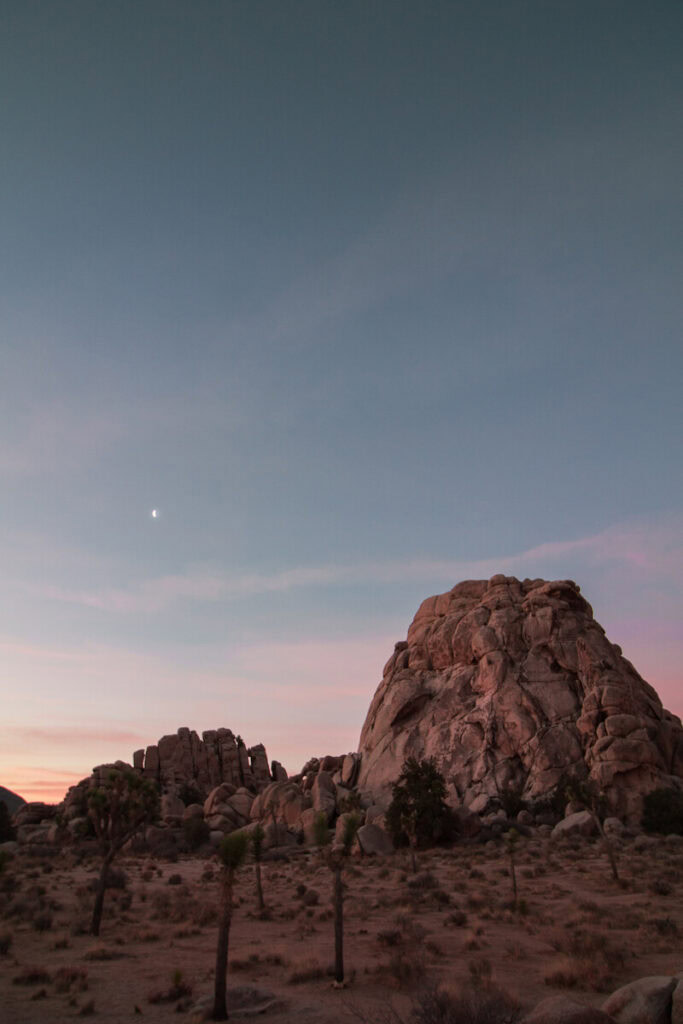
Visiting in the Winter
A winter trip can be great for those looking to explore the park without the crowds – but of course, there are still some busy times! There’s typically an influx of visitors around Christmas and New Years, as well as on Martin Luther King Jr. Day weekend (there’s also a free entrance day on the actual holiday, which can attract more visitors).
Of course, you’ll have to contend with the winter weather – but it’s fairly mild! In December, January, and February, temperatures tend to hit the high 50s and low 60s during the day. Once the sun goes down, the temperatures can drop into the 30s.
The weather is still pleasant enough to be outside and explore the natural beauty of the park. Just be sure to bring some layers, especially if you plan on being outside around sunrise or sunset!
One thing to note is that, compared to other seasons, you have a slightly higher chance of experiencing some rain. That said, rain is scarce, and it’s unlikely to greatly impact your visit. The park does occasionally see some snow, but it isn’t that common.
Events in the Winter:
- Free Entrance Day (Martin Luther King Jr. Day)
Visiting in the Spring
As mentioned above, the spring is considered the best time to go to Joshua Tree (along with the late fall). Beyond the good weather, you can also expect to see plenty of beautiful desert wildflowers in bloom!
If you’re planning a visit around this season, I especially recommend going to Joshua Tree in March. The average daytime temperatures hover around the low 70s during this time, which is optimal for hiking and being outside without getting too hot. In April and May, temperatures range from the high 70s to mid 80s. Keep in mind that It can still get a bit chilly once the sun goes down (expect temperatures in the 40s and 50s).
Of course, there is one big drawback you should consider: the crowds. The spring is Joshua Tree’s busy season, as many visitors flock to the park to experience the good weather. This is especially true around spring breaks (which are often in March and April), but pretty much every weekend in the spring is busy.
From experience, I can tell you that parking in the park will be more of a hassle during this time. Entrance wait times will also be longer. If possible, I’d recommend trying to visit on a weekday to avoid the worst of the crowds.
There are also some events that can impact your visit. There’s another Joshua Tree Music Festival in May, as well as two Free Entrance Days, both of which can affect accommodation availability and crowds in the park.
You should also consider Coachella, which happens in Indio (just east of Palm Desert) over two weekends in April. While this doesn’t greatly affect crowds in the park, there will be more festival-goers on the road traveling into the Coachella Valley. This can mean you’ll run into higher than usual traffic, especially if you’re driving in on a Thursday or Friday.
Events in the Spring:
- Free Entrance Day (First Day of National Park Week in Mid/Late April)
- Coachella Music Festival in Indio (Two Weekends in Mid/Late April)
- Joshua Tree Music Festival (Long Weekend in Mid May)
- Free Entrance Day (Juneteenth)
Whenever you choose to make the trek to Joshua Tree, I hope you have an incredible time! Here are some additional guides to help you plan your visit:
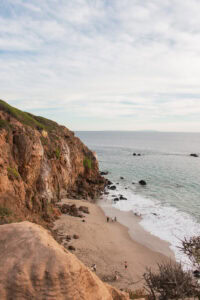
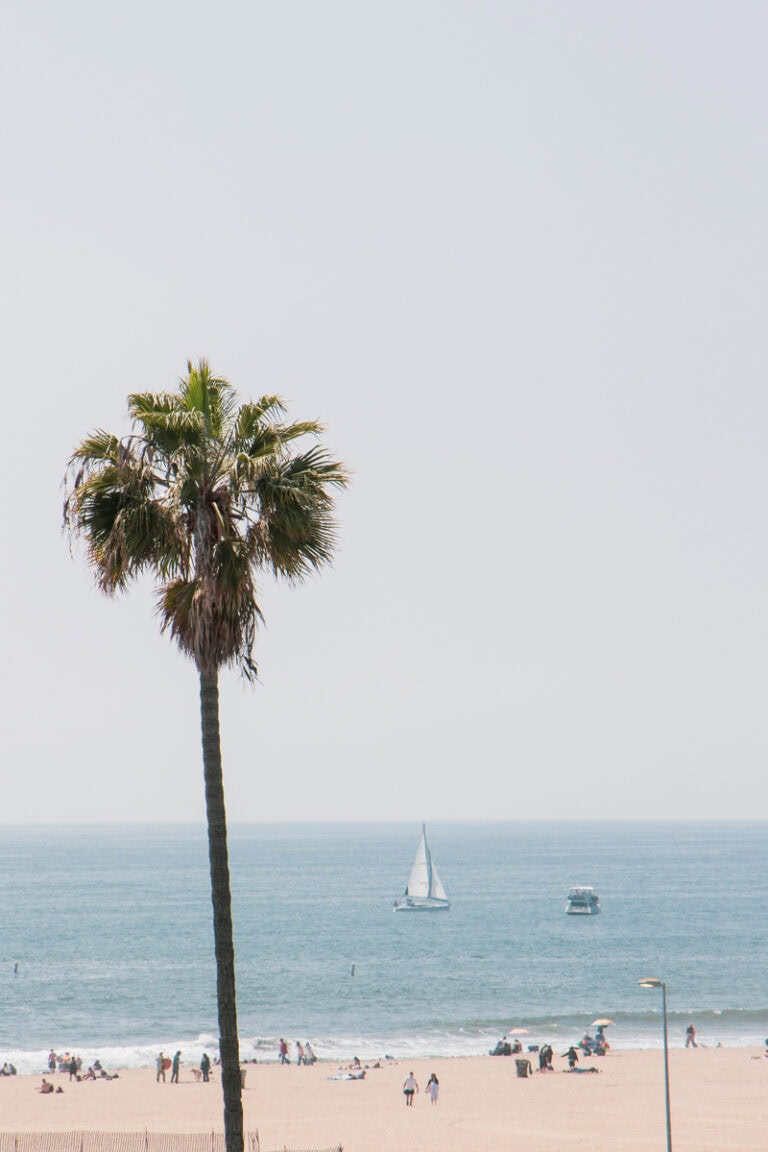
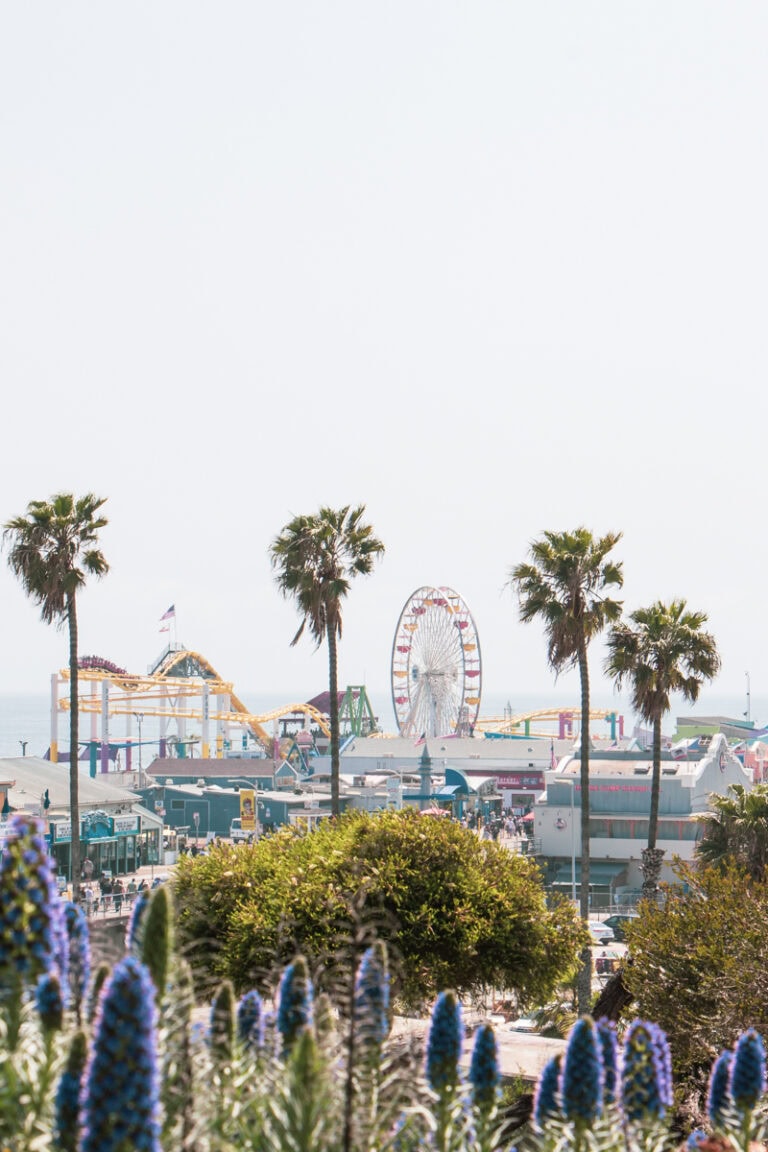
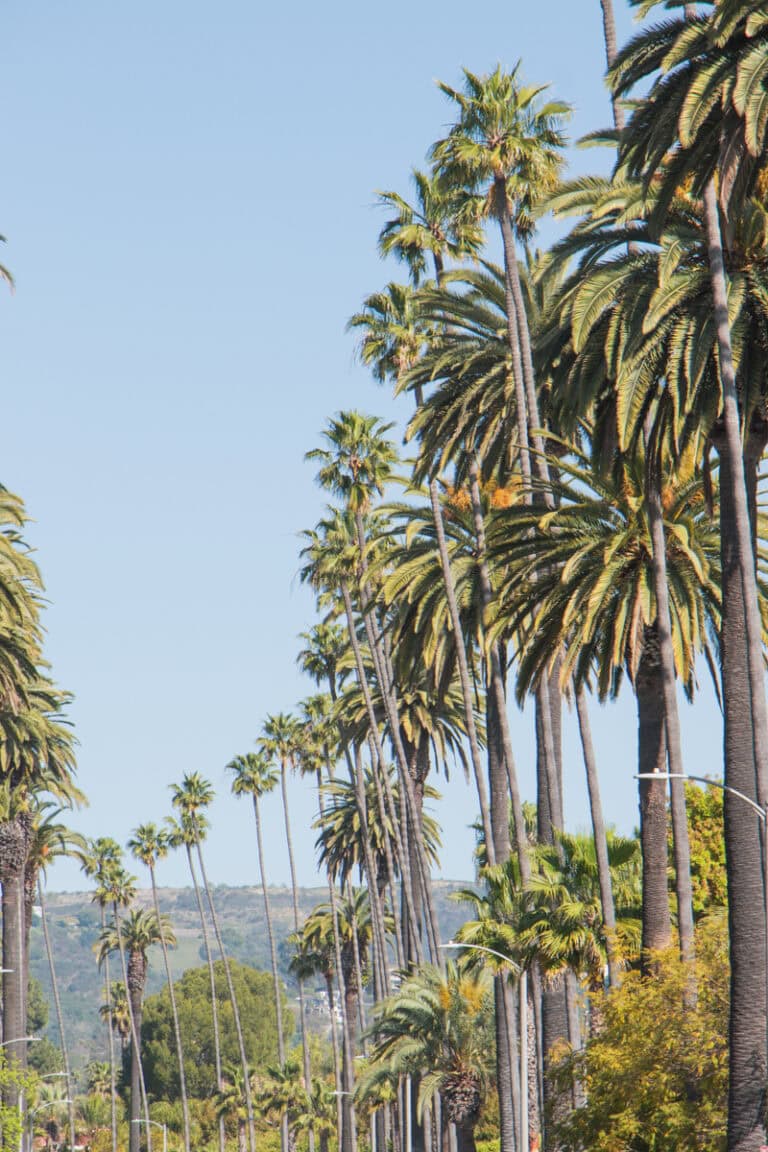
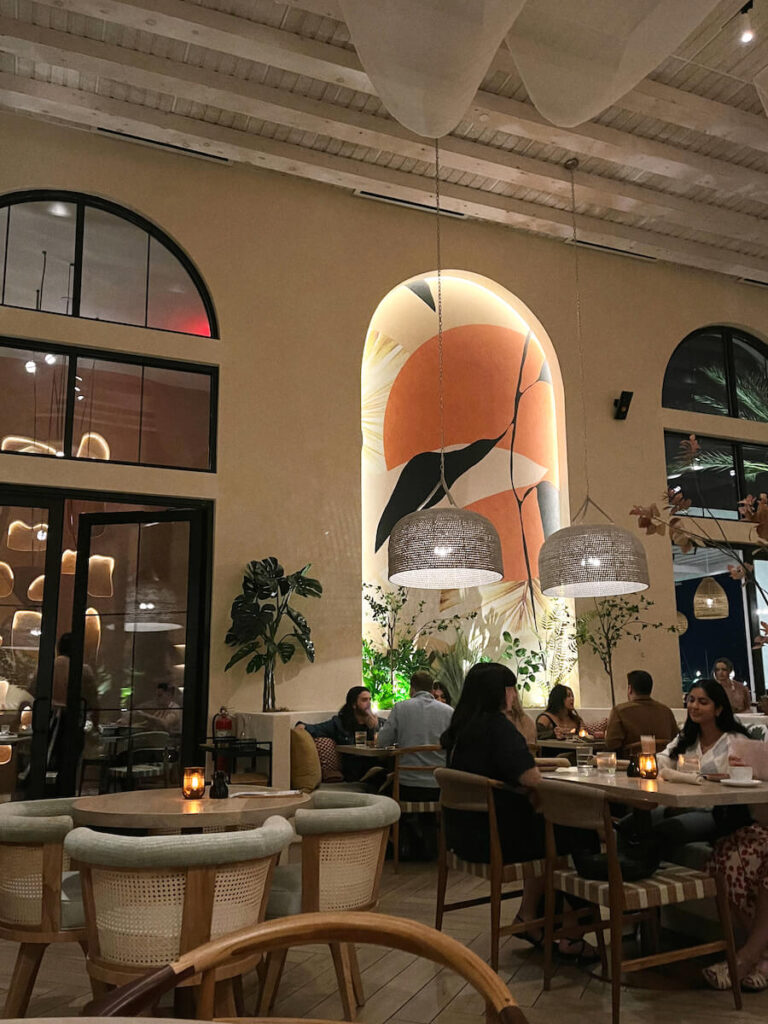
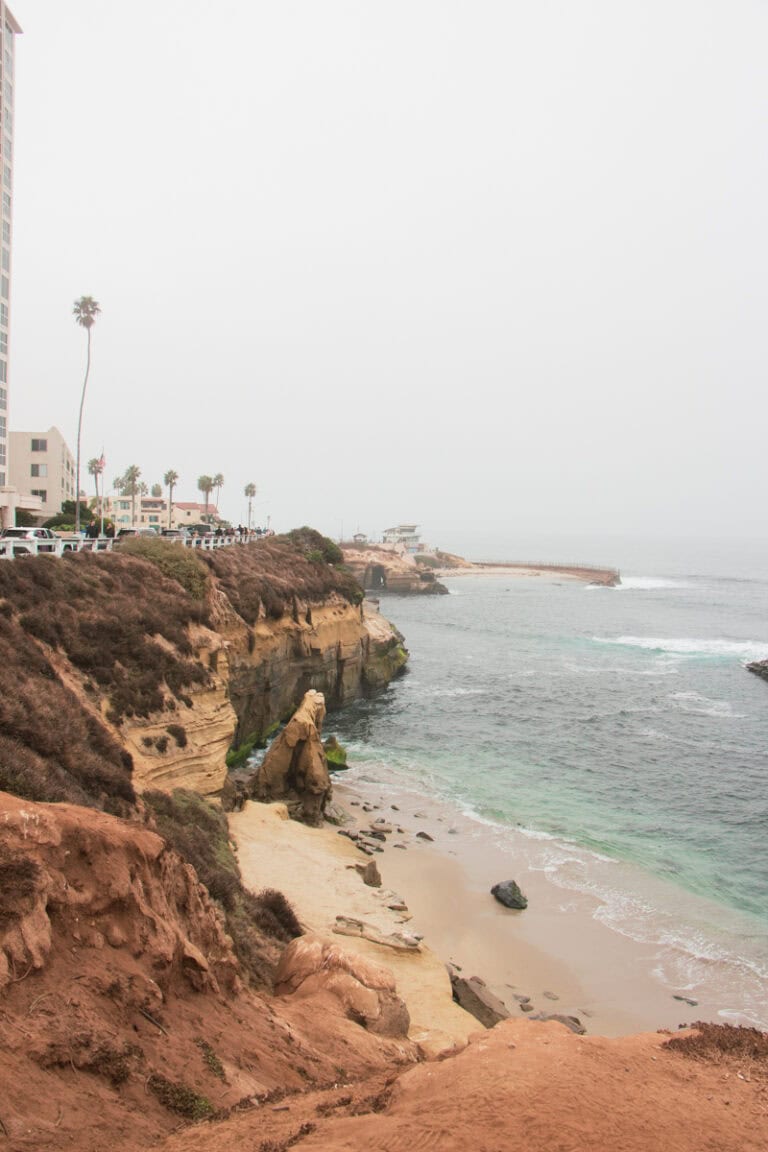
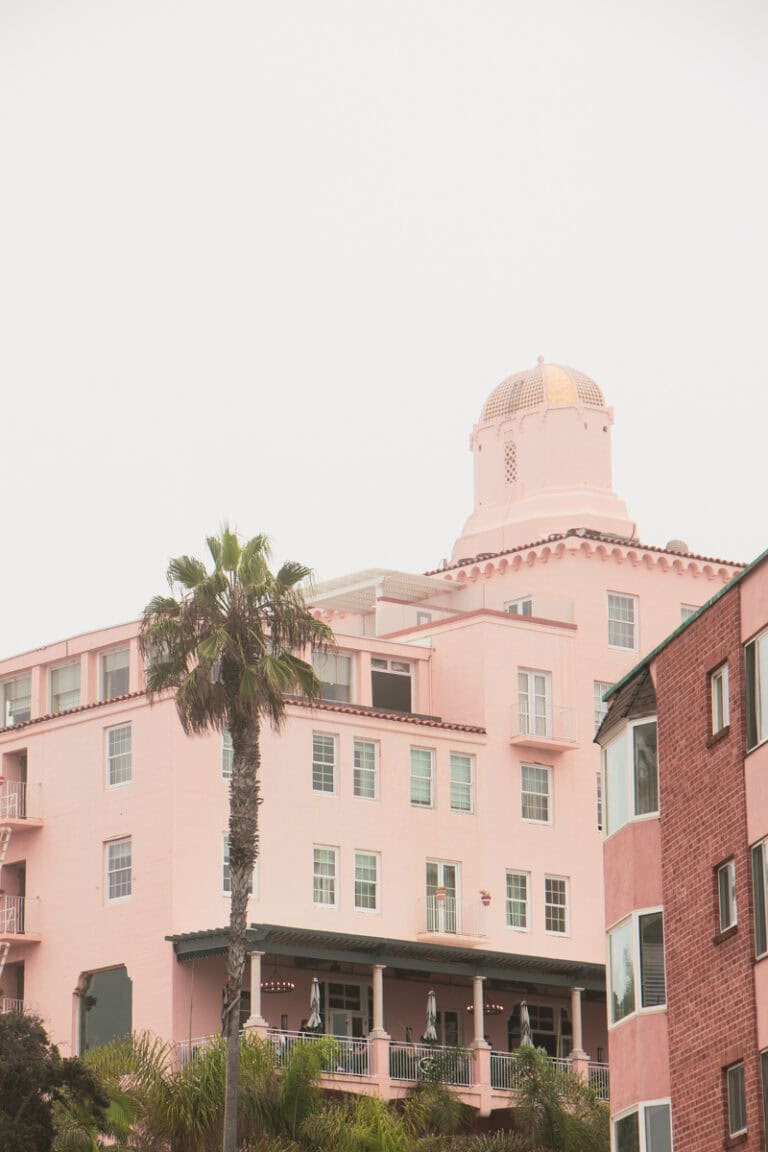
Hi Kyra… question for you. I recently booked a trip with my son to JTNP. I just realized that it’s the same weekend as the music festival. In your opinion, do you think I should consider visiting another weekend? It looks like the festival is only open to 1500 people so maybe its won’t be that bad?
Thanks in advance.
Kevin
Hi Kevin – if you have found an accommodation that works for you, I wouldn’t worry about visiting that weekend! That would be the biggest concern — hotels/rentals are likely to be more booked up during this time than usual. I would just be aware that you might hit a bit more traffic driving in, so if possible, try to give yourself a bit more travel time. But as you said, the festival isn’t massive by any means, so it shouldn’t be a huge deal.
I’m assuming you’re talking about the spring festival (not the fall festival). If that’s the case, I’d also highly recommend you buy your park pass in advance online (https://www.recreation.gov/sitepass/74286). The festival isn’t actually in the park, so it’s not like you’re battling with all of the festival-goers trying to enter the park. However, the spring in general (especially weekends!) is still the peak season, so it is going to be busy. Buying your pass in advance will save you some time getting into the park, as there is often a long line of people needing to buy a pass in person during this time. The cost is the same either way. Have an amazing trip!